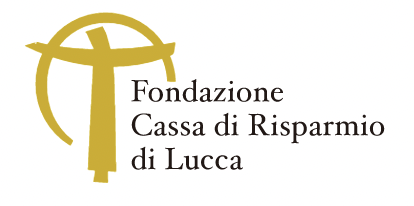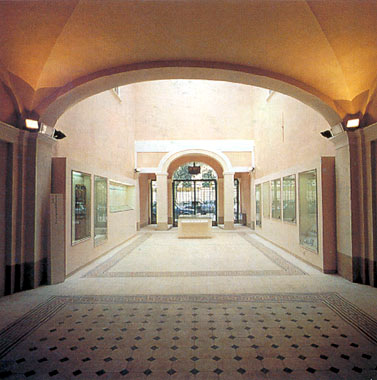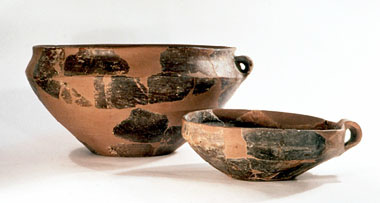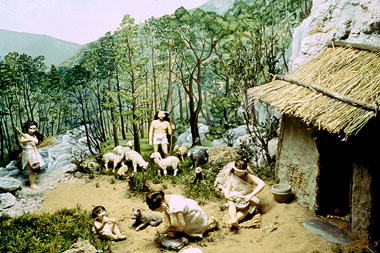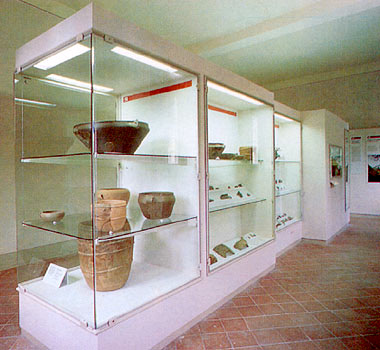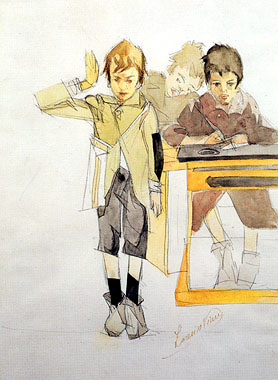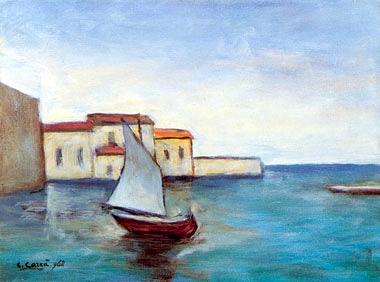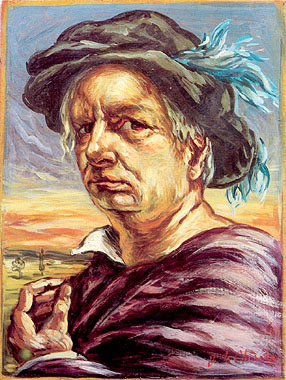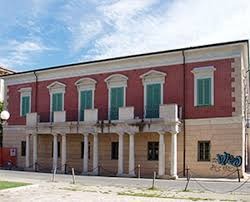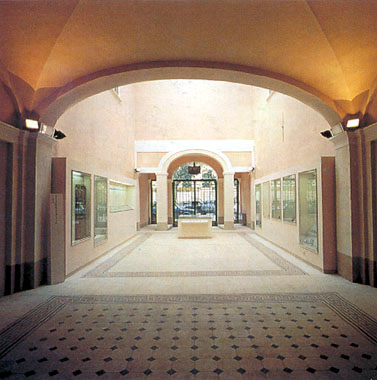
The municipal museums of Villa Paolina are housed in one of the most remarkable buildings in town: the summer residence of Paolina Borghese Bonaparte. Built around 1822 on a project of Giovanni Lazzarini, the residence was bequeathed by Paolina to her sister Carolina Murat. In the course of time it served different purposes: first a boarding school, then a comprehensive, it was seriously damaged during Second World War and left to decay. Since the 1980's, however, repairs have been made and in 1986 the "Civico Museo Preistorico Alberto Carlo Blanc" was opened. More recent renovations have led to the opening of the "Pinacoteca Lorenzo Viani" on the ground floor in 1994.
Gallery:
Details:
- COCCHI GENICK D. (a cura di), Museo Preistorico e Archeologico Alberto Carlo Blanc, Viareggio 1994
- NAVARI PADRONI E., C´era una volta l´uomo preistorico. Museo Preistorico e Archeologico Alberto Carlo Blanc, Firenze 1996
- BORELLA G., (a cura di), I palazzi pubblici di Viareggio, Edizioni ETS, Pisa 2003
The municipal authorities created the "Museo Preistorico e Archeologico Alberto Carlo Blanc" in 1974 to exhibit prehistoric finds from archaeological sites in north-western Toscana. Set up according to didactic standards, the museum reaches from the origin of mankind to historic times, with a section on the Middle Palaeolithic and the man of Neanderthal that includes material found in the sand quarries of Lake Massaciuccoli and in several caves around Massarosa. The Metal Ages are represented by finds from Candalla in the commune of Camaiore and from tombs in the Massarosa area.
Among the exhibits in the prehistoric and archaeological museum is Copper Age ware from Buca di Castelvenere (Fabbriche di Vallico) as well as some items from the Etruscan village of S. Rocchino (Massarosa).
The "Pinacoteca Lorenzo Viani", in the same building, was opened in 1994: here you can see works of the homonymous painter from Viareggio, bought by the municipality in 1978 from the French collector Jean Varraud. The 55 oil-paintings, pastels and drawings were completed by the Lucarelli donation, an interesting group of paintings on canvass that include many great Italian names of the first half of the last century, from Rosai to Soffici, from Sironi to De Pisis, from Casorati to Guttuso and, once again, Viani.
Archaeological finds from prehistoric times; traditional and ethnic musical instruments.


